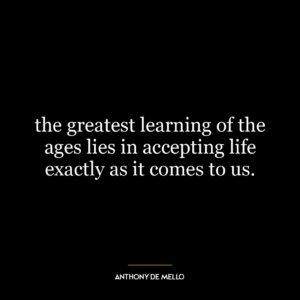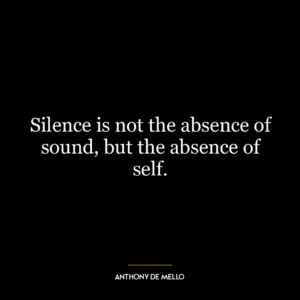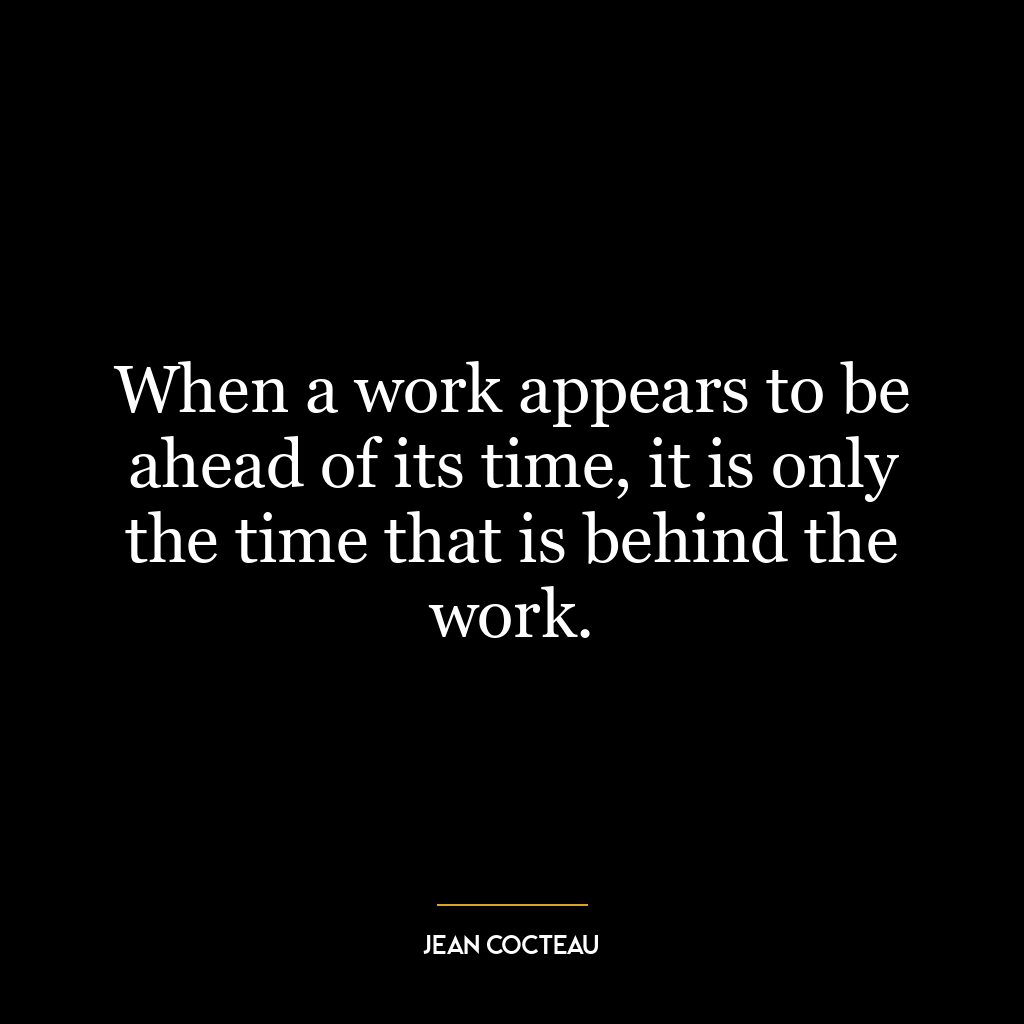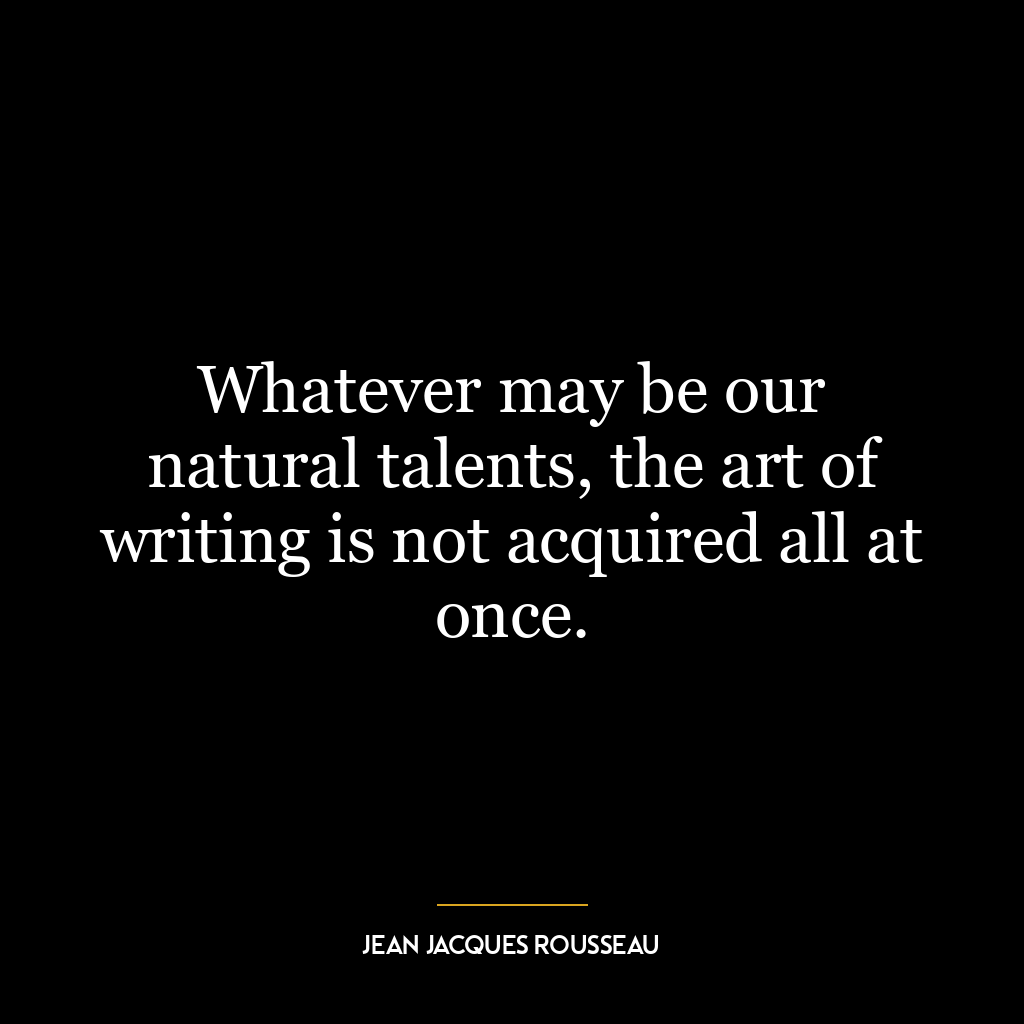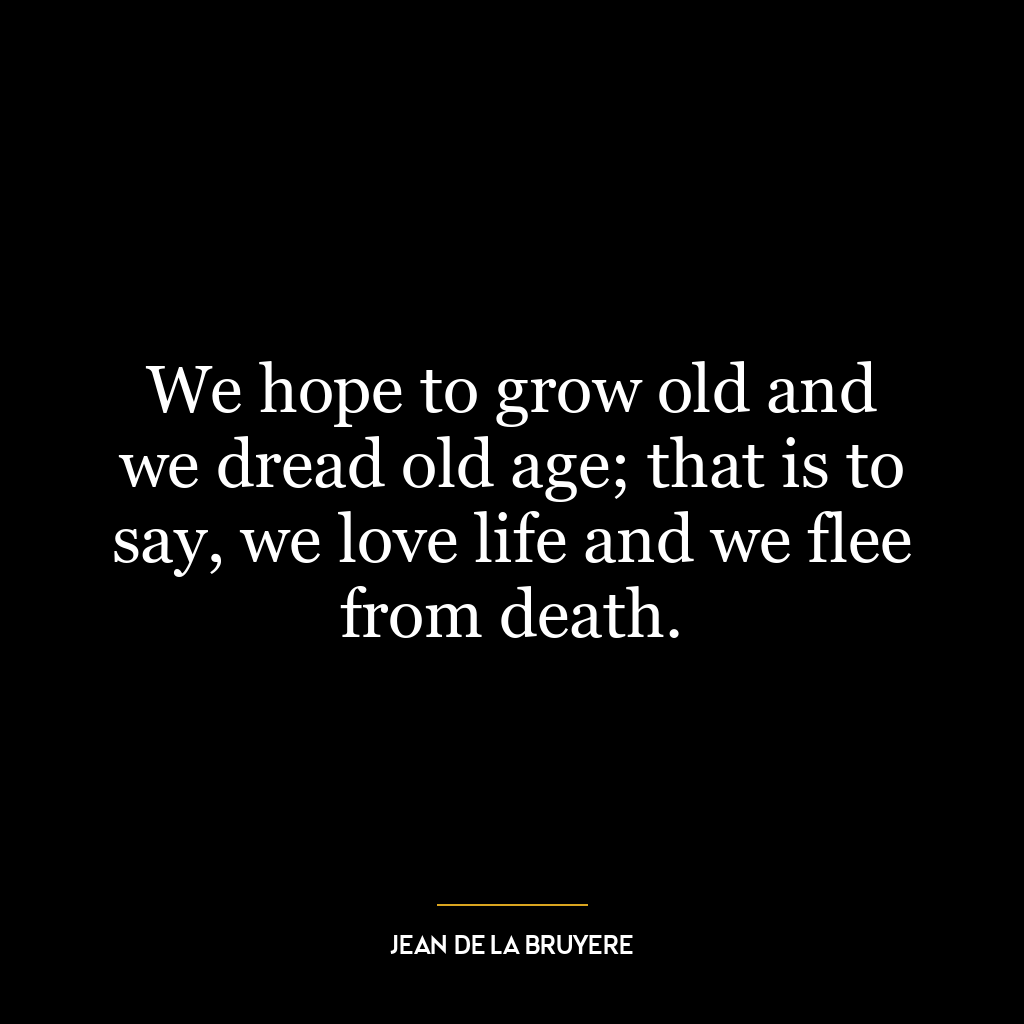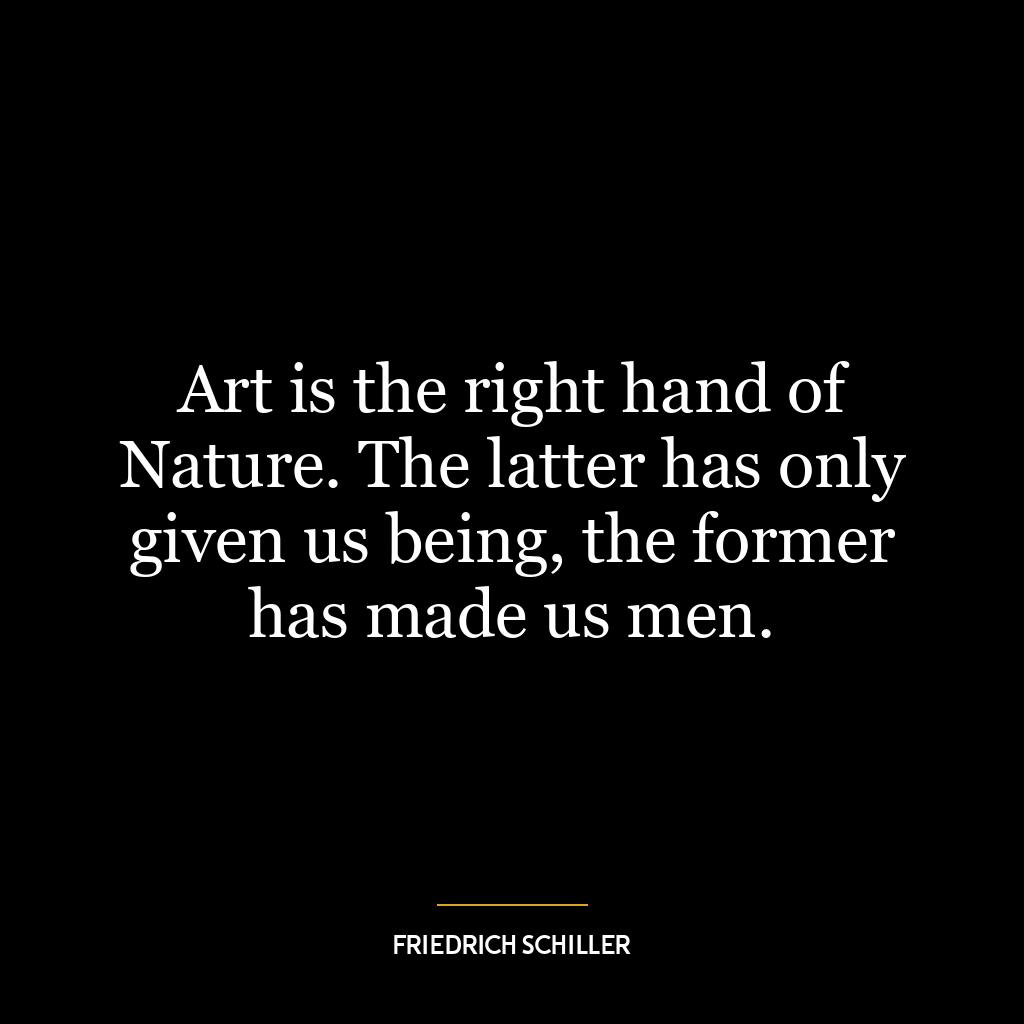Extend your arms in welcome to the future. The best is yet to come!
This quote is an inspiring call to embrace the future with open arms and optimism. It speaks of a hopeful perspective towards what lies ahead, suggesting that no matter what has happened in the past, the best is yet to come. The act of extending one’s arms is a gesture of acceptance and readiness, implying that we should not fear the future, but rather embrace it and the opportunities it may bring.
The “best is yet to come” part of the quote suggests a belief in progress and improvement. It implies that no matter how good or bad things are now, they can always get better. This is a positive outlook that encourages forward-thinking and a belief in the potential for personal growth and better days ahead.
In today’s world, this quote can be applied in various ways. For instance, in the context of personal development, it encourages individuals to continuously strive for improvement and not to be discouraged by past failures or setbacks. It suggests that the future holds opportunities for growth and success, and that one’s past does not define their future.
In a broader societal context, the quote can be seen as a call to remain hopeful and positive amidst challenges and changes. It can be applied to situations like technological advancements, social changes, or global issues. Even when faced with uncertainty or adversity, the quote reminds us to welcome the future and believe in the potential for better days to come.
The quote can also be interpreted as a reminder to stay present and engaged, to not get stuck in past experiences or future anxieties. By welcoming the future, we are also acknowledging and accepting the present moment, which is the only time where we can actually enact change.
Overall, this quote serves as a reminder of the power of a positive mindset and the importance of embracing change, two concepts that are highly relevant in today’s fast-paced, ever-changing world.



